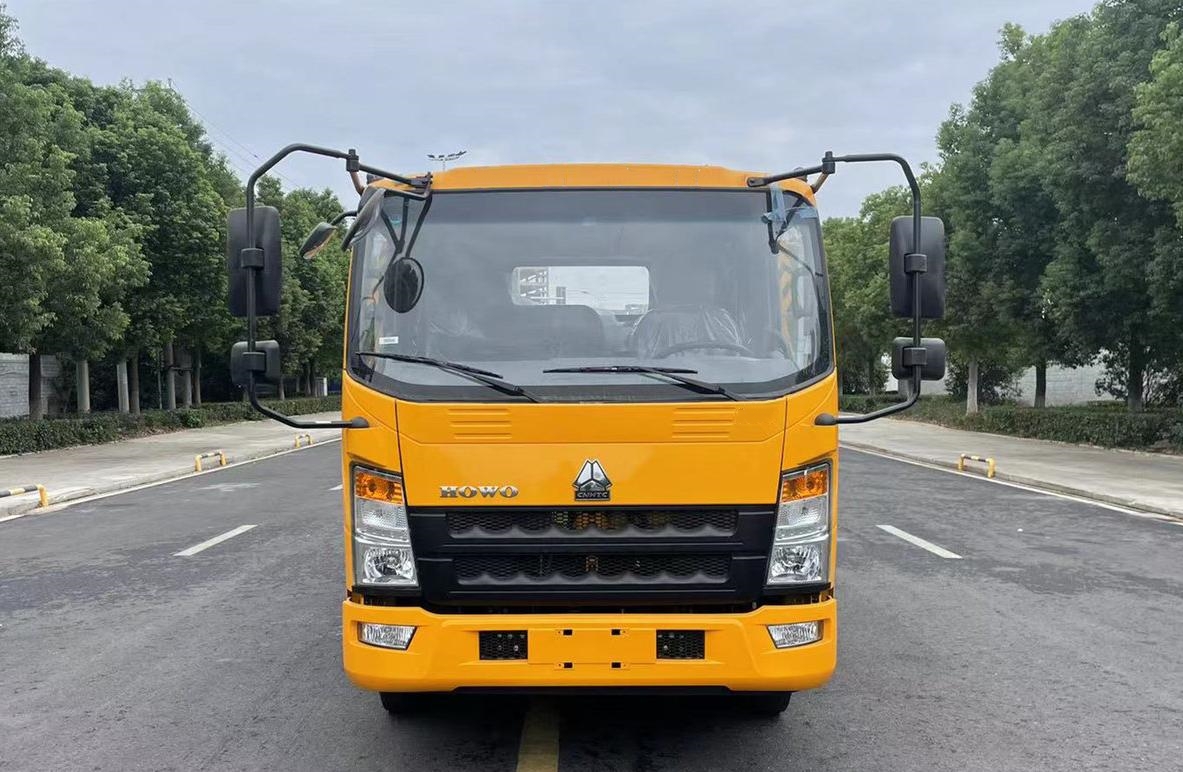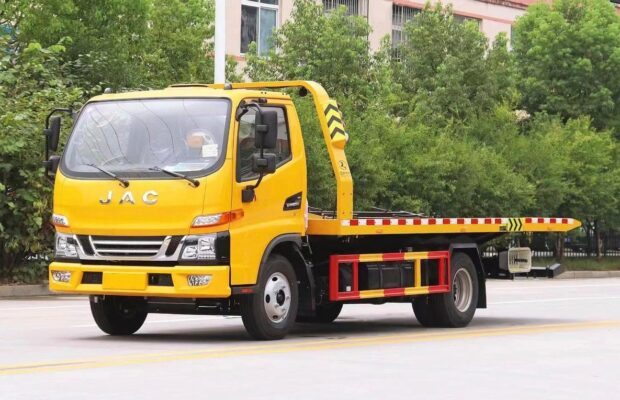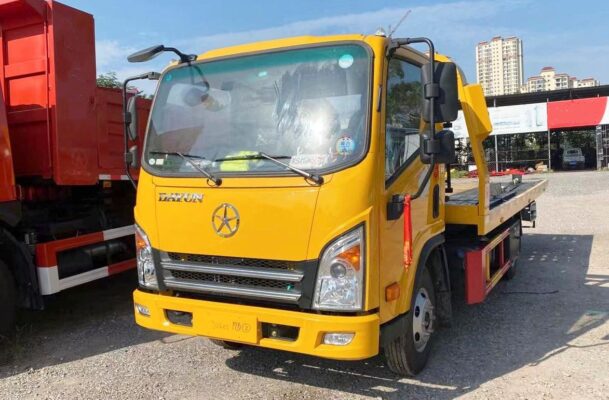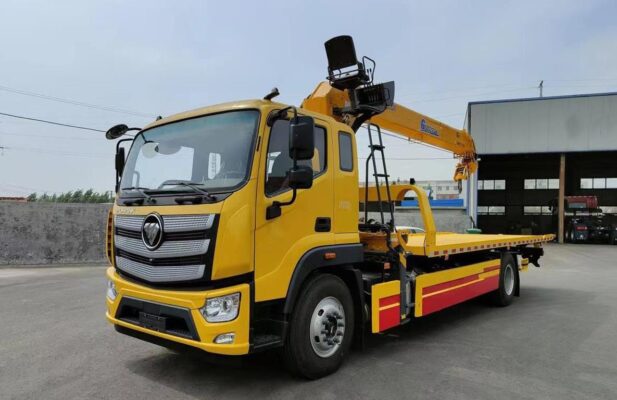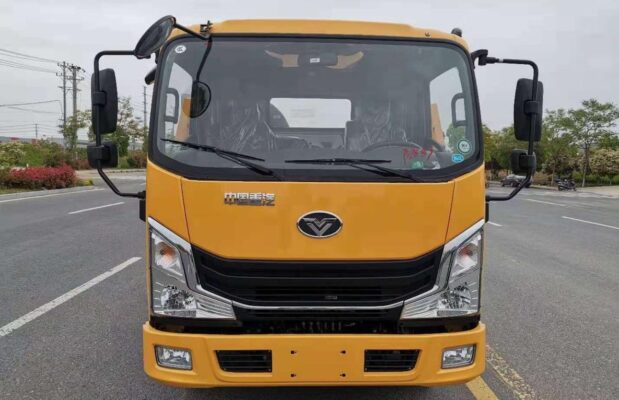Electric flat cars are essential tools in various industrial settings, facilitating efficient and convenient transportation of goods and materials. Tačiau, they are subject to various operational challenges that can impact their functionality. Some of the most common issues include power indicator failures, phase loss, and low voltage at the motor terminals. Understanding these issues and their corresponding solutions is crucial for maintaining electric flat cars in optimal working condition. This guide provides detailed information on diagnosing and resolving these issues to ensure smooth and safe operations.
I. No Power Indicator on the Flat Car
A common issue encountered with electric flat cars is the absence of a power indicator. When the power indicator fails to light up, it signals a potential problem in the power supply or control system. Here are some typical causes and solutions:
1. No Power Supply
The power indicator will not light up if there is no power supply to the flat car. This can be due to a power outage or a disconnect in the power system. To determine if this is the cause, perform the following steps:
- Verification: Use a test pen or multimeter to check for power at the flat car’s power input terminals.
- Solution: If no power is detected, verify the status of the external power source. In the case of a general power outage, operations should be paused until the power is restored. If the issue is specific to the flat car’s power circuit, investigate the wiring and connections for loose or damaged components.
Ensuring a stable power supply is fundamental to preventing disruptions in the flat car’s operation and safeguarding against electrical issues.
2. Phase Loss
Phase loss refers to the interruption of one phase in a three-phase power system, which is essential for the drive motor’s operation. A phase loss can occur due to various issues, such as damage to primary or control circuit components, broken or loose connections, or poor electrical contacts. This issue affects the drive motor’s performance, preventing the flat car from operating as intended. Here’s a step-by-step approach to diagnosing and resolving phase loss:
Diagnosis
- Inspect Primary and Control Circuits: Examine the components in the primary and control circuits, including relays, fuses, and circuit breakers. Broken or loose connections and damaged components can disrupt the circuit, causing phase loss.
- Disconnect the Motor from Power: To prevent motor damage or unintended activation of the drive motor upon power restoration, disconnect the motor from the power supply before testing.
- Test Control Circuit Components: Supply power solely to the primary and control circuits while keeping the motor disconnected. Use the start and stop switches to check the status of control circuit components and identify any non-functioning elements.
Solution
- Repair or Replace Damaged Components: After identifying faulty components in the primary or control circuits, replace or repair them as needed.
- Re-test the Flat Car: Once the circuits are confirmed to be functioning correctly, reconnect the motor and test the flat car to ensure it operates smoothly.
Resolving phase loss issues promptly helps prevent motor damage and ensures the flat car operates at its designed capacity.
3. Low Voltage
Low voltage at the motor terminals is another common issue that impacts the performance of electric flat cars. When the voltage at the motor’s input terminals falls more than 10% below the rated value, the motor’s starting torque is insufficient, making it unable to drive the flat car effectively. Low voltage can be caused by several factors, including overloaded circuits, poor wiring, or inadequate power supply.
Diagnosis
- Measure Terminal Voltage: Use a multimeter or voltage meter to measure the voltage at the motor’s input terminals. Compare the reading to the motor’s rated voltage, typically indicated on the motor’s specifications plate.
- Identify Voltage Drop Causes: If the voltage is too low, investigate potential causes, such as high resistance in the power lines, loose connections, or issues with the power source.
Solution
- Improve Power Supply Quality: Ensure the power supply to the motor meets the voltage requirements. This might involve reducing circuit load, tightening connections, or upgrading wiring.
- Use Voltage Stabilizers: In cases where power supply instability is frequent, consider installing a voltage stabilizer to maintain a consistent voltage level for the motor.
Maintaining the correct voltage is essential for the motor’s performance, as insufficient torque can lead to operational inefficiencies and further mechanical strain on the flat car’s components.
II. Additional Troubleshooting Tips for Electric Flat Cars
Beyond the primary issues discussed above, electric flat cars may experience additional problems that require systematic troubleshooting. Here are a few common troubleshooting techniques:
1. Inspect Electrical Connections
Regularly inspect all electrical connections, including wiring, plugs, and sockets, for signs of wear, corrosion, or looseness. Loose or corroded connections can cause intermittent power loss, affecting the flat car’s performance.
- Solution: Tighten loose connections, replace corroded terminals, and ensure all wiring is secure and properly insulated.
2. Test Control System Components
The control system includes switches, relays, and other components that manage the flat car’s operation. Faults in these components can lead to performance issues or erratic behavior.
- Solution: Test each control system component individually. Use a multimeter to check for continuity, and replace any damaged components.
3. Verify Motor Health
Motor issues, such as overheating, unusual noise, or vibrations, can indicate underlying electrical or mechanical problems. Regular motor maintenance helps prevent unexpected failures.
- Solution: Monitor motor temperature, listen for unusual sounds, and inspect for signs of wear. If any anomalies are detected, have a qualified technician examine the motor for further diagnosis.
4. Check for Obstructions in the Drive Mechanism
Foreign objects or debris can obstruct the flat car’s drive mechanism, causing it to stall or operate inefficiently.
- Solution: Regularly clean the drive mechanism, removing any accumulated dirt or debris. In industrial settings, implementing a routine cleaning schedule helps prevent obstructions and keeps the flat car running smoothly.
5. Perform Regular Maintenance
A comprehensive maintenance routine helps to ensure that all components of the electric flat car are in good working condition. Key maintenance activities include:
- Lubrication of Moving Parts: Apply suitable lubricants to the flat car’s moving parts, such as the drive wheels and motor bearings, to reduce friction and wear.
- Battery Checks (for Battery-Powered Flat Cars): If the flat car operates on batteries, regularly check the battery voltage and recharge or replace the battery as needed. Inspect battery terminals for corrosion and clean them to maintain good electrical contact.
- Inspection of Safety Features: Test all safety features, including emergency stop buttons, alarms, and indicators, to ensure they function correctly in case of an emergency.
III. Preventive Measures for Prolonged Operational Life
Implementing preventive measures can significantly enhance the operational lifespan of electric flat cars. Some recommended practices include:
1. Educate Operators on Proper Usage
Training operators on the proper use of electric flat cars minimizes the risk of operator-related malfunctions. Pavyzdžiui, educating operators about recommended load capacities and safe operating speeds reduces strain on the flat car’s components.
2. Establish a Routine Inspection Schedule
Regular inspections allow for early identification of potential issues before they escalate. Develop a schedule for periodic inspections, covering essential components like the motor, control circuits, and drive mechanism.
3. Monitor Environmental Conditions
Environmental factors, such as humidity, temperature, and dust, can impact the performance of electric flat cars. Pavyzdžiui, high humidity can cause corrosion in electrical connections, while excessive dust can clog moving parts.
- Solution: Operate electric flat cars in well-ventilated, dry environments whenever possible, and consider using protective covers in harsh conditions.
Išvada
Electric flat cars are essential for efficient material handling in industrial settings. Tačiau, issues such as power indicator failures, phase loss, and low voltage at the motor terminals can hinder their performance. By implementing systematic troubleshooting techniques and adhering to preventive maintenance routines, operators can resolve these issues promptly and ensure the reliable operation of electric flat cars. Properly trained personnel, routine inspections, and an awareness of environmental factors also contribute to prolonging the lifespan and effectiveness of electric flat cars. Through diligent maintenance and careful operation, businesses can maximize their investment in this valuable equipment, ensuring smooth, safe, and productive operations.

